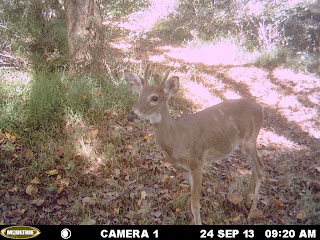 |
| Small mammal skulls found in Silo #1. |
I'm on a mission to photograph and survey all owls in one specific area in Loudoun County, Virginia. To do this, I am in the process right now of finding places where owls live and are seen most often. This means a bit of dirty work with other wildlife professionals.
The dirty work comes from dangers of being in old barns and silos. Steel-toed boots, masks, rubber gloves, and hardhats were put on, and we headed to work today in Leesburg, Virginia.
The first site we hit is a place that I am now calling Silo #1. Silo #1 is full of owl pellets and the remains of thousands of shrews, moles, mice, and voles. The bottom of it really is a place of death for small mammals.
Barn owl feathers also blanketed the lowest parts of the inside of the silo.
 |
| Barn owl feather found in Silo #1. |
A camera-trap was placed at the bottom of the silo to photograph owls (and other animals) that may be coming in or out. As the camera was being placed, a pair of barn owls flew in from the top of the silo. The camera is way out of the way of any nesting site used by the owls so as to not disturb them, but I am hoping I get at least a few shots of them flying by or perching somewhere.
The next destination was a small shed where owls had been seen perching in the past few months. There were no visible signs of owls there now though.
After the small shed, we decided that we would head to was a barn that I am calling on this blog, The Widow-Maker Barn. The Widow-Maker Barn gave me the uncomfortable feel of being way to dangerous to get near. Some parts of it had collapsed, and swarms of bees were entering through a small opening at the bottom. You won't find me inside of this barn anytime soon. A camera-trap was placed outside of the barn, about 12 feet up in a tree that faces a large hole at the top of the barn. Any owls that go in or out should still be camera-trapped.
So there you have it, the first two owl survey areas are Silo #1 and The Widow-Maker Barn.














